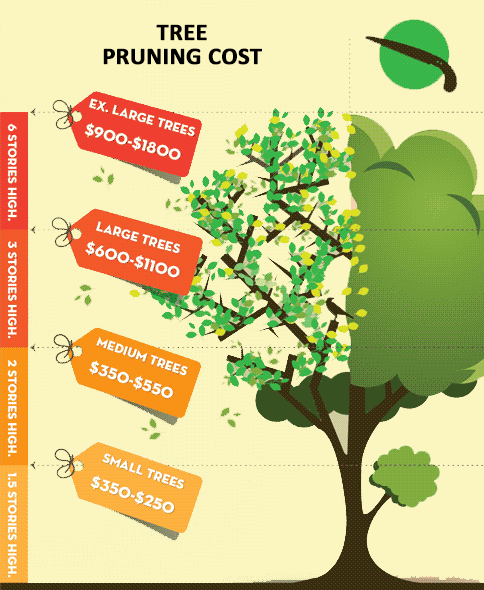Tree Treatment By Period: Reliable Techniques For Handling Trees Prior To And After Their Elimination
Tree Treatment By Period: Reliable Techniques For Handling Trees Prior To And After Their Elimination
Blog Article
Writer-
When it comes to seasonal tree care, ensuring appropriate monitoring before and after removal can considerably influence the health and aesthetic appeals of your landscape. By recognizing the required actions involved in examining tree health and wellness and preparing for removal, you can proactively safeguard your home. Yet what concerning the important practices to follow when the tree is gone? Stay tuned to discover the necessary post-removal care measures that will help you grow a flourishing and sustainable atmosphere for your trees.
Pre-Removal Tree Care
Before resolving the removal of a tree, it's vital to focus on pre-removal tree treatment. Beginning by analyzing the tree's health and wellness and architectural integrity. Search for indicators of illness, pest problems, or any type of architectural issues that may posture a safety risk throughout elimination. It's necessary to consult with a licensed arborist to establish the most effective course of action.
Pruning dead or infected branches can prevent additional damage to the tree and ensure a smoother elimination procedure.
Furthermore, think about the ecological influence of removing the tree. Trees play an important duty in our ecosystem, so growing a new tree in an ideal place can aid balance out any loss. Ensure that you have the necessary licenses and authorizations for tree elimination, particularly if the tree is shielded by neighborhood laws.
Seasonal Maintenance Tips
Analyzing your tree's demands throughout the year is important for its health and long life. To maintain your trees in leading problem, comply with these seasonal maintenance ideas.
In springtime, focus on pruning to eliminate dead or broken branches and encourage new development.
Summertime calls for regular watering, particularly during droughts, to guarantee your tree remains hydrated.
As click the up coming web site , keep an eye out for very early indications of condition or stress, and consider using mulch to safeguard the roots during winter.
In winter months, be cautious when removing snow from branches to stop damage, and continue to check your tree's general health.
Bear in mind to readjust your care regular based upon the details demands of your tree types and local climate. By staying attentive and proactive throughout the seasons, you can aid your trees flourish and thrive for many years to find.
Post-Removal Tree Care
To ensure the health of your landscape even after tree elimination, proper post-removal care is important. After a tree is eliminated, it's important to fill up the remaining opening with topsoil and portable it to stop settling. This will assist preserve the integrity of the ground and avoid potential threats in the future.
Consider growing brand-new greenery instead of the removed tree to restore the balance and visual appeals of your landscape. Frequently https://truckpullingtree28395.blogtov.com/11685826/the-ecological-benefits-of-stump-grinding-a-sustainable-technique-for-land-management to promote the development of brand-new plants and prevent soil erosion.
Evaluate the bordering trees for any signs of disease or stress that may have been triggered by the removed tree. Watch out for insects that could've been brought in to the previous tree and take preventive measures to safeguard the continuing to be greenery.
If needed, speak with a professional arborist to assess the impact of the removal on the bordering trees and establish any kind of extra care required. By adhering to these post-removal care actions, you can guarantee the continued wellness and elegance of your landscape.
Verdict
To conclude, positive seasonal tree treatment is important for keeping the health and equilibrium of your landscape. By assessing tree health, pruning, and seeking advice from an arborist prior to removal, you can guarantee a safe process. After removal, loading the hole, planting brand-new plants, and routine watering will promote brand-new growth and stop disintegration. Keep in mind to check bordering trees for illness and seek further care actions from an arborist to keep your landscape prospering.
